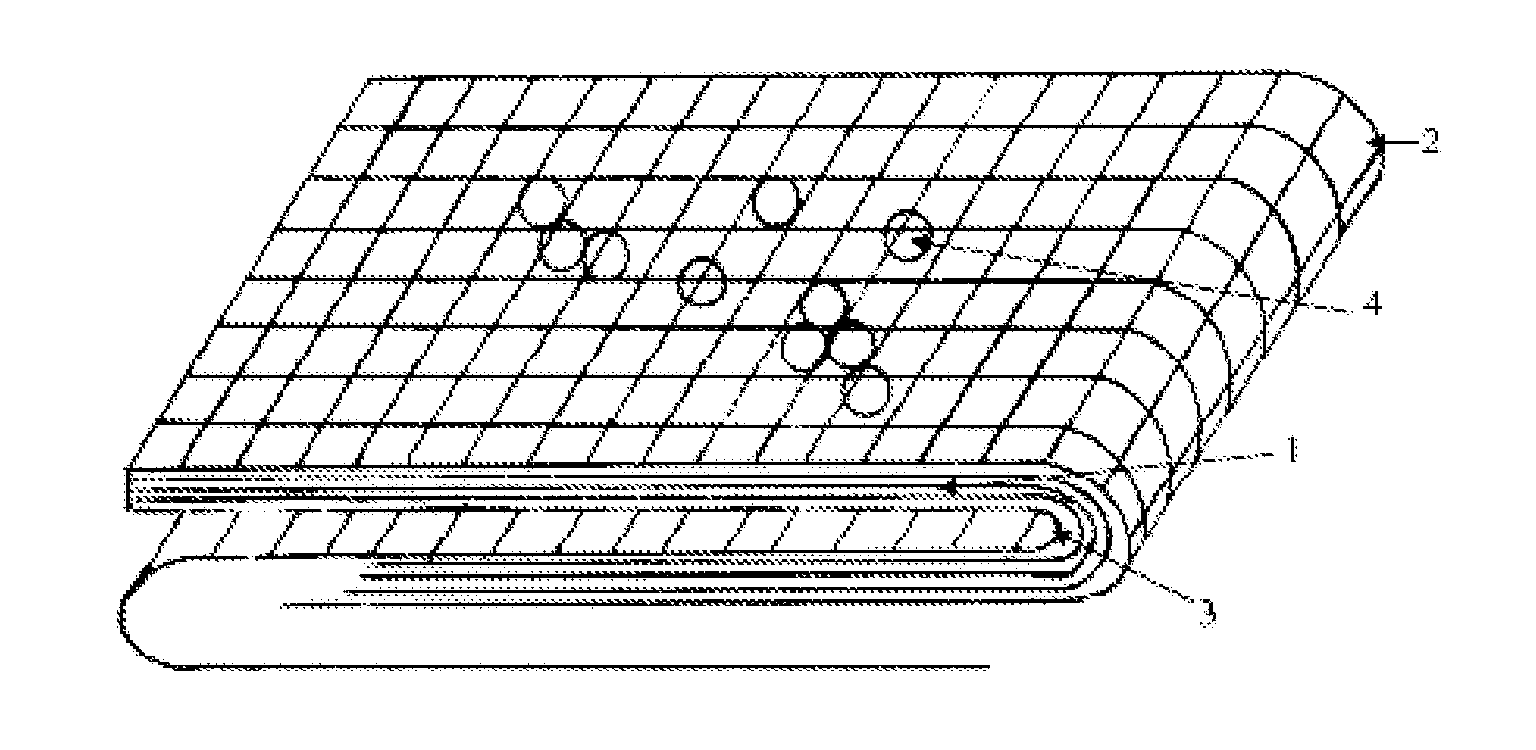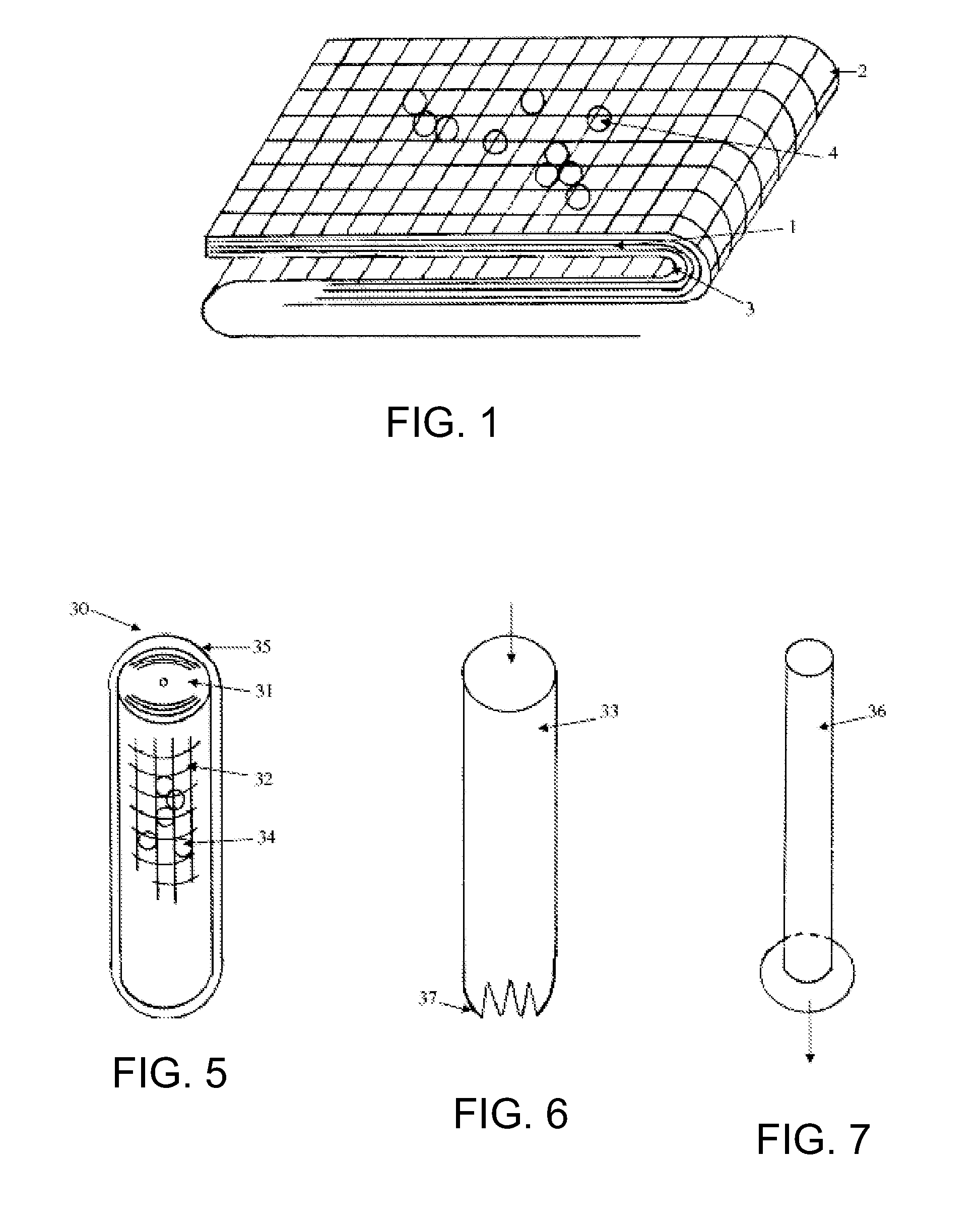Hemostatic Agent Composition, Delivery System and Method
a technology of hemostatic agent and composition, applied in the direction of drug composition, biocide, extracellular fluid disorder, etc., can solve the problems of generating a considerable amount of heat, bleeding or acute hemorrhaging is a leading cause of death in trauma cases among civilians, and not quickly or properly addressed, so as to achieve rapid, effective, and efficient control of hemorrhaging, and quickly and properly applied
- Summary
- Abstract
- Description
- Claims
- Application Information
AI Technical Summary
Benefits of technology
Problems solved by technology
Method used
Image
Examples
examples
[0100]In one embodiment. the formulation includes:
Propylene Glycol (PPG)55.56%Hectorite27.78%H2O8.34%Carbomer4.17%(Carbopol ® Aqua SF-1))Triethanolamine (TEA)4.17%
The composition is prepared by:
[0101]1. Mixing Carbomer and H2O
[0102]2. Add in TEA and mix
[0103]3. Add PPG and mix
[0104]4. Add hectorite and mix
[0105]The resulting mixture has a viscosity of more than 50,000 CPs.
[0106]The pH of the composition is 7.68 and the specific gravity is 1.2773. This specific gravity has the added benefit of preventing dispersion of the mixture even against major arterial bleeding.
[0107]A preferred hectorite has a particle size of 95% less than 0.076 mm (less than 76 μm, or 76 microns).
[0108]An advantage of the present invention is the composition does not interfere with the chemical-physiological processes of the coagulation process. That is to say, the chemical, physical, and physiological processes of both intrinsic and extrinsic blood coagulation mechanism are not affected by the hemostatic com...
PUM
 Login to View More
Login to View More Abstract
Description
Claims
Application Information
 Login to View More
Login to View More - R&D
- Intellectual Property
- Life Sciences
- Materials
- Tech Scout
- Unparalleled Data Quality
- Higher Quality Content
- 60% Fewer Hallucinations
Browse by: Latest US Patents, China's latest patents, Technical Efficacy Thesaurus, Application Domain, Technology Topic, Popular Technical Reports.
© 2025 PatSnap. All rights reserved.Legal|Privacy policy|Modern Slavery Act Transparency Statement|Sitemap|About US| Contact US: help@patsnap.com



